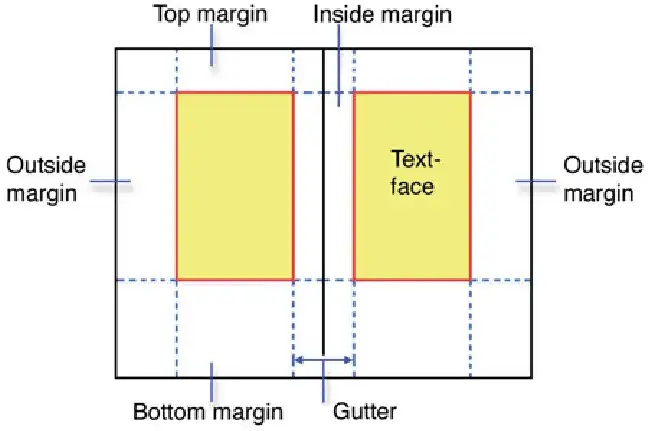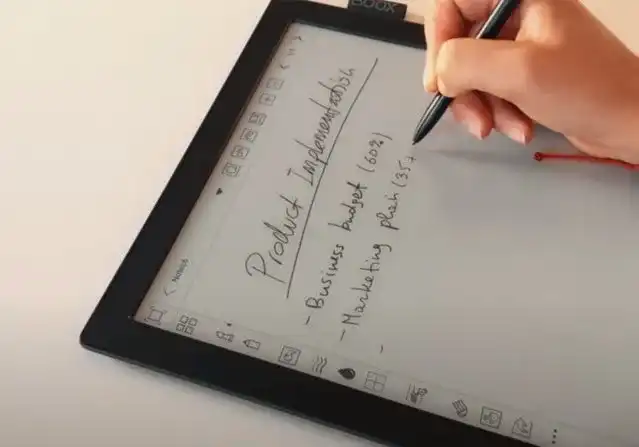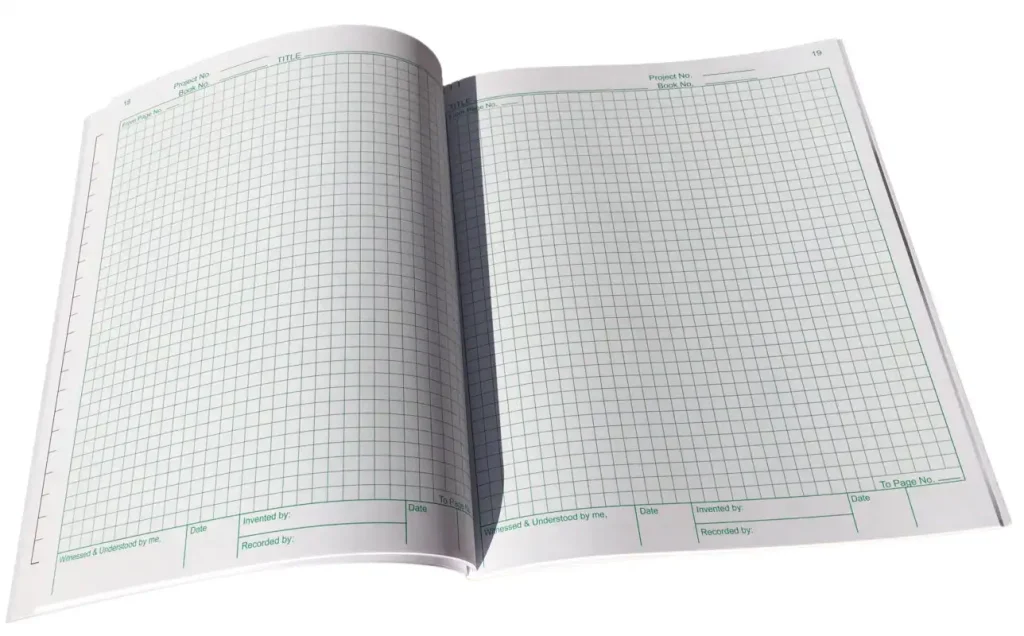The tomato story
Thursday, December 28, 2023
MOTIVATIONAL STORY
Wednesday, December 27, 2023
AN IMPORTANT GLAND IN OUR BODY
Tuesday, December 26, 2023
DO YOU KNOW
Why muscles ache after exercise?
Whatever you do, you are using your muscles. Not all of them move at once - you have 639 muscles in all - but you would be surprised to know how many of your muscles you use doing something as simple as walking.
When your muscles are working, they produce an acid called lactic acid, which makes the muscles feel tired. When you rest, your body gets rid of lactic acid, and you don't feel so tired.
When you do a lot of hard exercise, like a running race, you may get a cramp, a sharp pain in the muscles you are using the most. Cramp is caused by a big build-up of lactic acid in these muscles, and a lot of rest is needed to get rid of the cramp. So, although exercise, as we know, is good for your body, rest is just as good, and just as important.
Monday, December 25, 2023
A SPACE FOR CREATIVITY AND ORDER
Margin
Have you ever wondered why there’s that empty space on the sides of your notebook pages? You know the margin that sits quietly, often untouched, framing your creative musings or meticulous notes. Let’s embark on a journey to uncover the original reason for this side space and why it has become a steadfast companion to our scribbles and sketches

The Tale of Margins in Typography
To understand the genesis of notebook margins, we need to take a step back and delve into the world of typography. The term “margin” has its roots in the Latin word “Margo,” meaning edge or border. In the realm of printed books, margins have served a crucial purpose for centuries.

In the early days of printing, before the digital age swept in, books were crafted with precision and care. Printers left extra space on the sides to account for any potential variations during the printing process. This buffer zone, known as the margin, acted as a protective barrier, preventing text and illustrations from being cut off or distorted.
Notebooks: Where Margins Find a Home
Now, let’s fast forward to the notebooks that accompany you on your learning adventures. Whether you’re jotting down science experiments, crafting short stories, or solving mathematical mysteries, the margin in your notebook serves a purpose beyond just a framing element.

- Space for Reflection: The margin provides room for reflection. It’s a place where you can add comments, thoughts, or questions about the main content. Imagine it as your personal dialogue space with your own ideas.
- Organising Chaos: Have you ever noticed how a neatly written note looks more appealing than one that sprawls across the entire page? The margin helps maintain order, keeping your thoughts in check and your notes well-organized.
- Aesthetic Harmony: Just like a frame complements a beautiful painting, the margin enhances the overall aesthetic appeal of your notes. It’s the breathing space that ensures your content isn’t cramped, allowing for a visually pleasing layout.
Insights from the Digital Realm
In this era of digital notebooks and tools, the concept of margins hasn’t vanished; it has simply adapted. Discussions on platforms like Reddit and Quora highlight the importance of digital margins in providing a sense of structure and preventing the clutter that can arise in the virtual space.

Users of digital notebooks often appreciate the ability to customise margins, replicating the familiar feel of traditional notebooks. This fusion of the old and the new showcases how the essence of margins remains timeless, even in the ever-evolving landscape of technology.
Laboratory Notebooks: Where Precision Matters
In the scientific realm, laboratory notebooks follow a set of guidelines to ensure accuracy and traceability. The margin in these notebooks isn’t just a stylistic choice; it’s a critical component in maintaining the integrity of recorded data.

Laboratory margins act as a protective zone, guarding against accidental spills or smudges that could compromise the information on the page. They also serve as a space for annotations, allowing scientists to provide additional context or updates to their findings.
The Evolution of Lined Paper
Lined paper, a close companion of margins, has its own fascinating history. In the past, red vertical lines on paper served a dual purpose: they guided the writer in maintaining a straight line of text and acted as a deterrent against alterations or erasures.

In the context of margins, the lines work in harmony, creating a structured canvas for your ideas while discouraging the chaos that can arise when the writing goes astray.
Conclusion: Where Creativity Meets Structure
In essence, the original reason for the side space in a notebook goes beyond a mere typographic tradition. It’s a thoughtful design choice that balances creativity with structure, allowing your ideas to flourish within a framework of order.
As you flip through the pages of your notebook, take a moment to appreciate the margin—the unsung hero that silently guides your pen, encourages neatness, and provides a canvas for your imagination. Embrace the space, both physical and digital, and let it be a testament to the beautiful marriage of creativity and order.
Sunday, December 24, 2023
A FOLK TALE
The Happiest Man In The World
A rich zamindar had a beautiful wife, bright children and everything that money could buy; yet, he was not happy. He asked all the wise men he knew if they could tell him how to become happy.
“Gaze at the beautiful moon and the millions of stars twinkling in the night sky,” said one wise man. “Looking at them will surely make you happy.”
The zamindar did not think it would. “On the contrary, looking at them will only make me angry because I know, with all my wealth, I can never make them mine.”
“Why don’t you listen to music all day?” suggested another wise man. “Music makes everyone happy.” The zamindar found the idea most preposterous.
“There must be some other way,” he sighed. One evening, while the masseur was giving him his usual body massage, he noticed that the zamindar was unusually silent.
“What’s the matter, Sahib?” he asked. “Is something bothering you?”
“I still haven’t found a way to be happy,” replied the zamindar.
“I know what you can do to be happy,” said the masseur.
“What?” asked the zamindar.
“You need to find a happy man and then exchange your shirt with his. By putting on his shirt, you will become just as happy as him,” said the masseuse.
The zamindar liked the idea. He sent his servants to look for a happy man. The servants searched high and low, and finally came upon a tiny hamlet in a remote area in the mountains. They asked the people living there if they knew of a happy man.
“We are all happy here,” said a villager, “but in that hut over there lives the happiest man among us all.”
The servants found the happiest man, whistling merrily as he went about his work. The zamindar was ecstatic when the servants told him that they had brought the happiest man home. But when he looked at the man, his jaw dropped. The happy man wore no shirt.
Saturday, December 23, 2023
CELEBRATING THE DAY WHEN KRISHNA TOLD BHAGAVAD GITA TO ARJUN
Gita Jayanti
Gita Jayanti is an annual celebration to commemorate the day when Shri Krishna rendered His philosophical teachings, immortalized in the epic Mahabharata, to Arjuna on the first day of the 18-day battle of Kurukshetra.
When Arjuna refused to fight against his cousins, the Kauravas in the battle, Shri Krishna expounded the truth of life and the philosophy of Karma and Dharma to him, thereby giving birth to one of the world's greatest scriptures, the Gita.
Bhagavad Gita Jayanti is celebrated every year on Shukla Ekadashi in Margashirsha month.
Devotees celebrate Gita Jayanti by reciting Bhagavad Gita Shlokas, quotes and verses. As the festival is observed on Ekadashi, devotees keep a fast. They sing Krishna Bhajans and devotional songs, worship Shri Krishna and distribute prasad & sweets.
People all over the world gather in Kurukshetra to take part in the ritual bath in the sacred water of the ponds - Sanchit Sarovar and Brahm Sarovar. A fair is also organized that lasts for about a week and the people participate in prayer recitals, Gita reading, Bhajans, Aartis, dance, dramas, etc. Over the years, the fair known as Gita Jayanti Samaroh has gained immense popularity, and a large number of tourists visit Kurukshetra during the event to participate in this sacred gathering.
This year Gita Jayanti was celebrated on 22 December 2023.
Friday, December 22, 2023
DO YOU KNOW
What are Microplastics?
A great amount of plastic is accumulating in the world’s oceans, arriving there through rivers and lakes and gutters and storm drains. All of these are situated on land but empty the rubbish dumped into them into the oceans.
Plastic floating in the oceans gets broken down into pieces. Some pieces are so tiny that they are barely visible; those that are less than 5 mm in length are called microplastics. One type of microplastic, however, is made in our factories. It is called a microbead. Microbeads are tiny bits of plastic that are used as ingredients in products for a variety of uses, including health care. Body washes, face scrubs and even some toothpastes may contain microbeads.
As our bathroom water too ends up in the ocean, so do the microbeads. Microplastics are extremely harmful to fish, seabirds, turtles and other marine life because if they are ingested, they cause intestinal injury or accumulate in the stomach of the eater, causing grave digestive problems. Some animals do not directly eat microplastics but they eat fish that eat microplastics and so they too end up with an accumulation ofmicroplastics in their bodies. Thousands of marine mammals are killed each year after eating microplastics, which they mistake for food.
With plastic creating havoc all over the globe, even in the farthest reaches of the planet, we should be cautious as to how we use this useful but potentially dangerous polymer. Even carelessly throwing away a plastic straw after use can have undesirable consequences. The straw could find its way into a gutter and then to the sea and eventually contribute to the premature death of some sea animal on the other side of the world.
A Lesson from the Buddha
LIVING IN THE PRESENT Once, while the Buddha was delivering a sermon, a man walked up to him and, without uttering a single word, spat on h...

-
ANNABELLE The real Annabelle doll is a well-known case of alleged paranormal activity, made famous by Ed and Lorraine Warren, two well-know...
-
WHY IS SUGAR WATER STICKY? Sugar water is sticky because sugar molecules have a strong affinity for water molecules, forming hydrogen bonds ...
-
A MAN AND THE BLIND BOY A blind boy sat on the steps of a building with a hat by his feet. He held up a sign which said, "I am blind. ...










